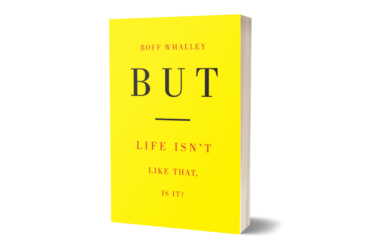By Robert D. Parmet
New York Labor History Association
As the American labor movement recovers from its steep membership decline, students, members and friends have been forthcoming with suggestions as to how workers might best be organized, and viable labor unions established. In that pursuit, Peter Olney, former organizing director for the International Longshore and Warehouse Union and Glenn Perusek, a faculty member of the Building Trades Academy at Michigan State University, sought “strategic insights” from John Womack, Jr., the noted historian of the 1910 Mexican Revolution. Perusek conducted two tape-recorded interviews, which Olney edited, and used as the basis for a “dialogue” in which ten labor organizers responded to Womack. Together Olney and Perusek compiled a symposium reflecting the views of seasoned observers of the world of workers.
A student of the work of Harvard labor economist John Dunlop, and mindful of the tactics of such diverse left-wing figures as V. I. Lenin, and syndicalist Wyndham Mortimer, Womack embraces the concept that for workers to succeed in their goals they had to understand their place in the industrial process. With knowledge of their “technical and industrial positions,” and management “choke points,” such as Amazon sortation centers, “wherever things connect,” workers might gain advantage. Therefore, Womack advises them “to find the industrially and technical weaknesses in the chains.” They should recognize the key elements of capitalist expansion since the 1970s, such as globalization, vertical disintegration, subcontracting, outsourcing, and downsizing, and transport information to one another to locate and disrupt both domestic and global supply chains. Such communication is essential for success.
In response to Womack, author and organizer Jane McAlevey focuses on Womack’s emphasis on choke points and what he terms the “power of disruption.” She and other respondents elaborate on these notions and consider labor confrontations past and present. Their area of concern is broad, ranging from strategies for technical workers to issues of class and gender. Editor and author Bill Fletcher, Jr., for example, notes that the efforts of sanitation workers in Memphis, Tennessee in 1968 were largely related to the Black freedom movement and “central to the larger class struggle in the USA.” He reminds the reader of the role of “social justice unionism” and cites the South as a place where unionism “takes on racial oppression.”
Looking elsewhere, railroad maintenance union organizer Carey Dall expresses upset with workers themselves. He cites a “massive vacuum of leadership” in unions as an explanation for the actions of workers in the Trump era. Union members defied their leaders and supported “the xenophobia, racism, and warmongering of the clownish billionaire.” With an eye on Amazon, he urges unionized transportation workers to prevent products from “hellish warehouses” in Asia from reaching “the consumer’s door.” Likewise concerned with checking Amazon, Jane McAlevey suggests creating a “crisis that forces the political elite to make real, tangible concessions to the working class.” On the other hand, what can be done when Amazon creates its own crisis, such as by simultaneously dismissing 10,000 employees? Where is labor’s leverage?
If it has not already done so, Womack’s strategies should serve as a catalyst for organizational creativity. Internal labor division is a serious concern, as is the public perception of union corruption, a key in beginning the decline decades ago. Perhaps even more difficult are the “obstacles” posed by “capitalism and its politicians” and working-class white racists and chauvinists. Womack calls this dilemma “the most divisive torment” that workers are facing. Social Justice unionism, as promoted by the International Ladies’ Garment Workers’ Union in Los Angeles, he notes, is something good souls should pursue, but “more power to you and your union” if you can achieve it.
Labor Power and Strategy offers insightful perspectives from participants in labor’s struggle. A slim volume of fewer than 200 pages, it begs for further elaboration, especially regarding the political scene. Womack turns feisty in attacking the Democratic National Committee and state committees. He charges them with weakness in fighting to prevent public debt from being used to “justify cutting public services, and workers’ private debts, for necessities for housing and health,” and demands that they “use their power” to help working people to gain their support. With much working-class loyalty having recently shifted to conservative Republicans, this criticism may indeed be in order.
Reviewed by Professor Robert D. Parmet, York College of the City University of New York






